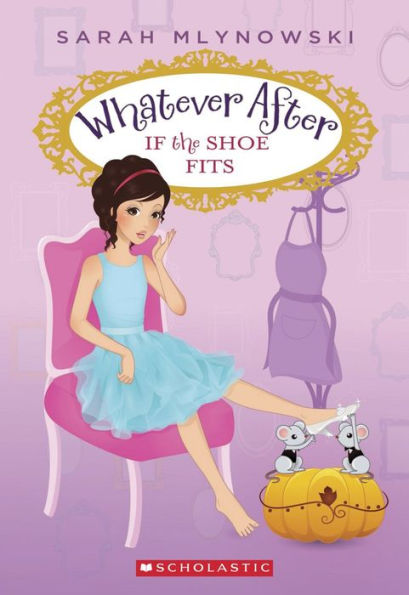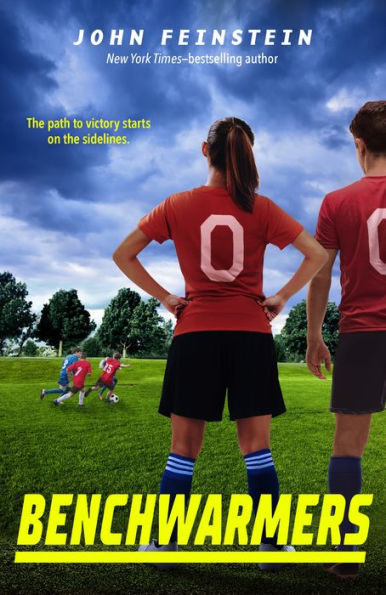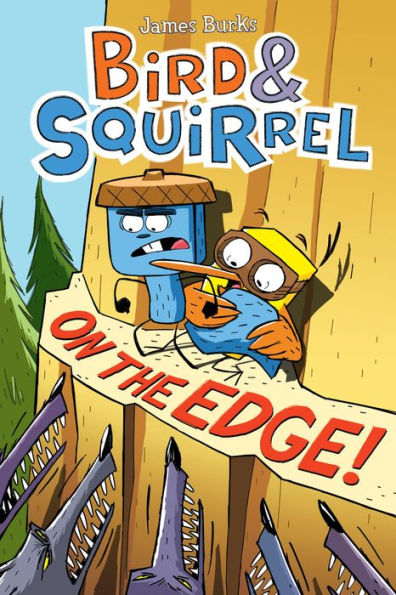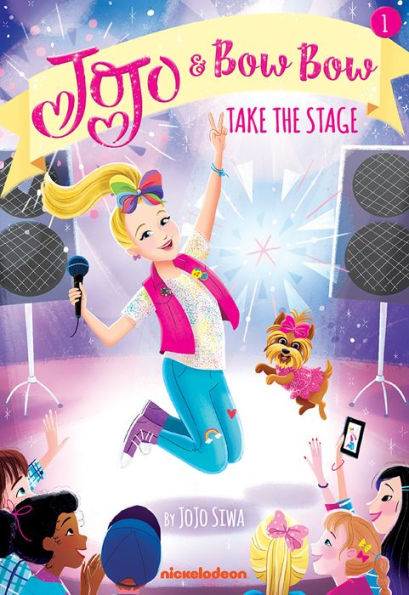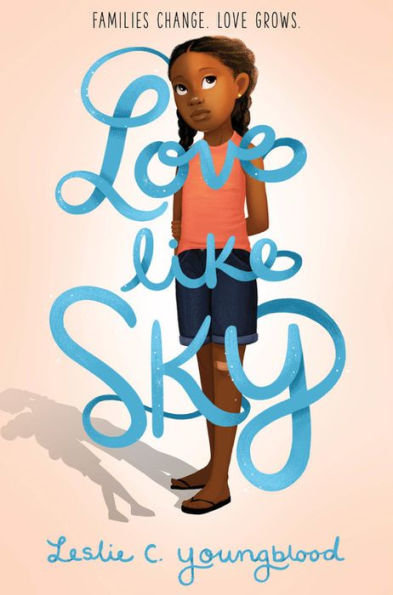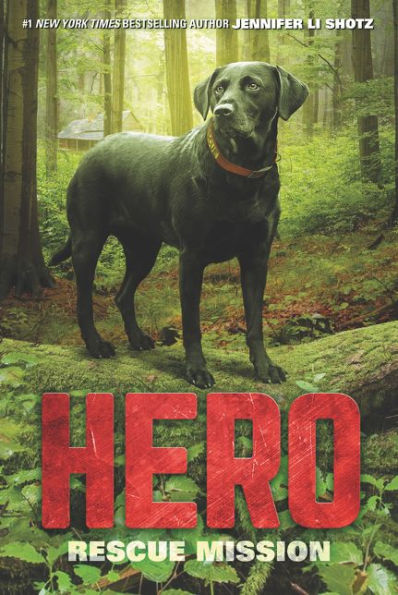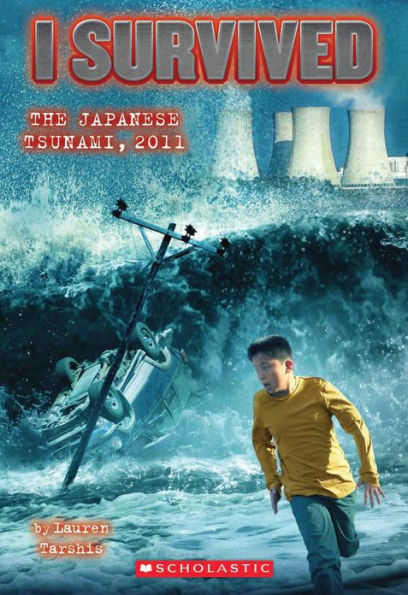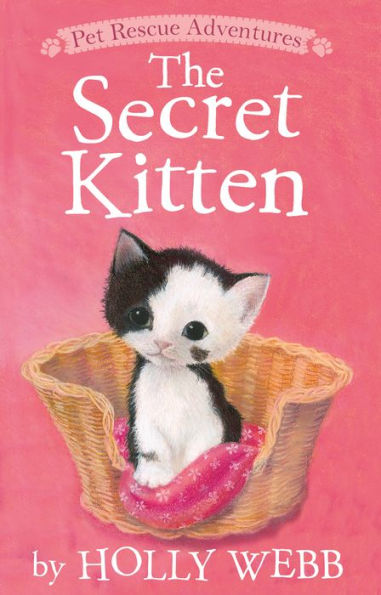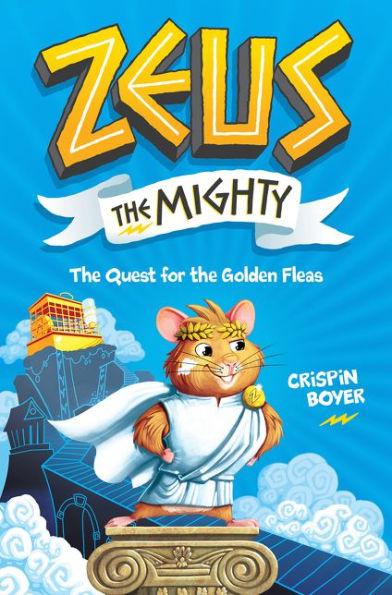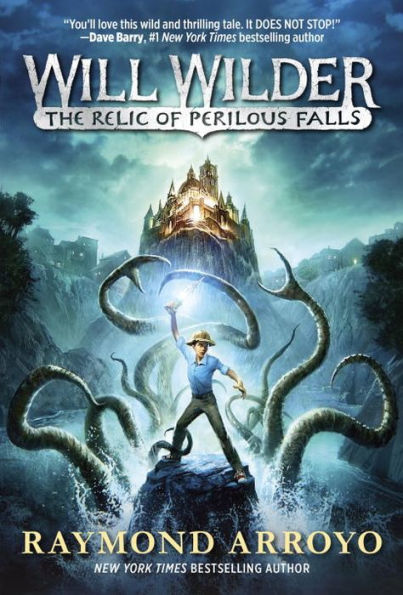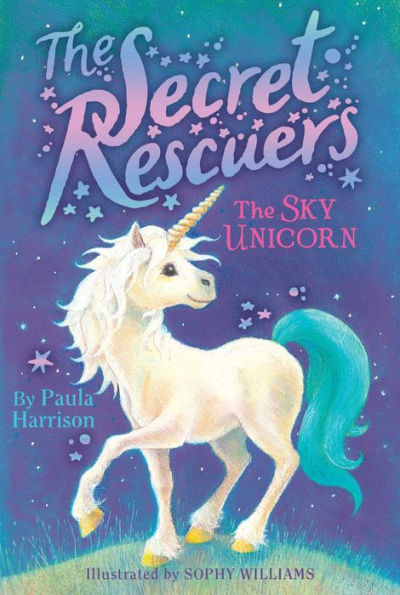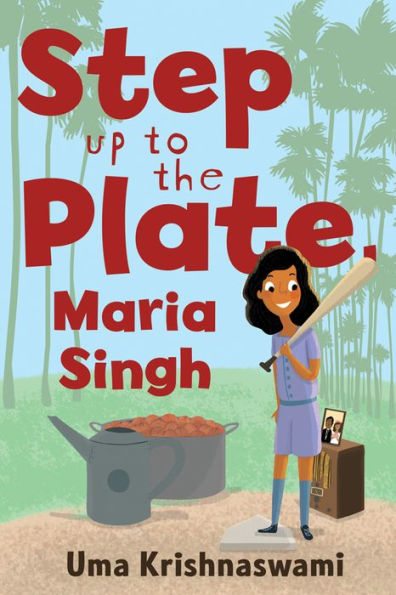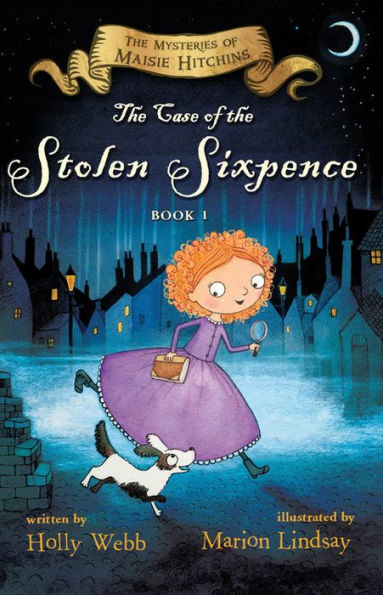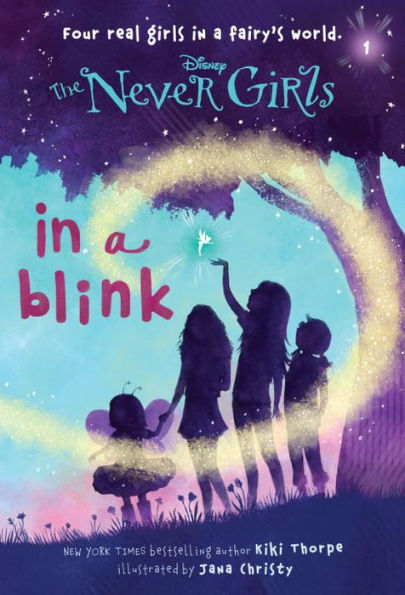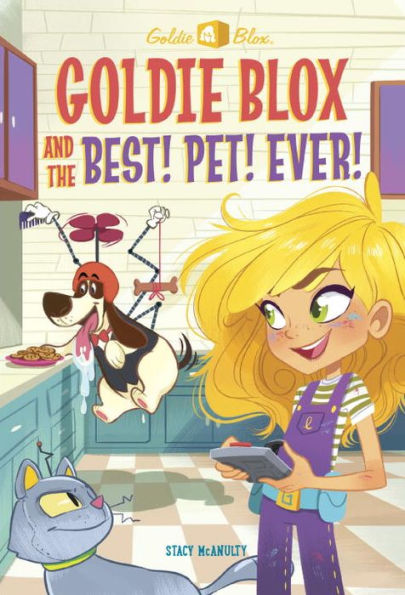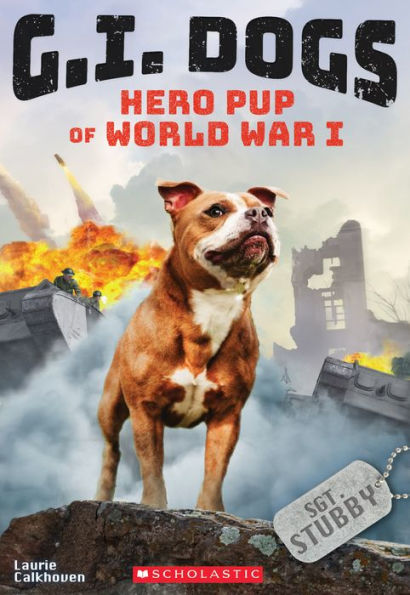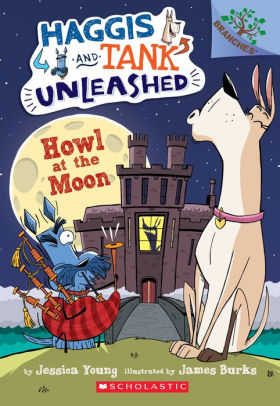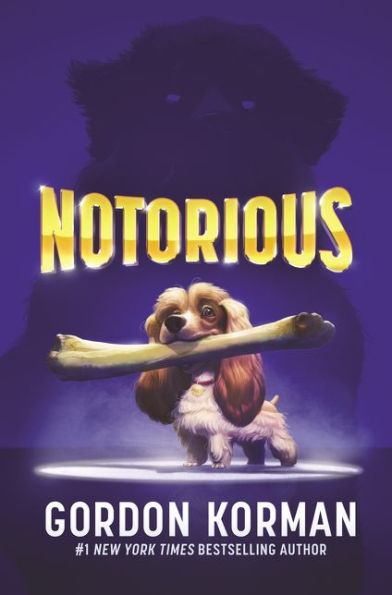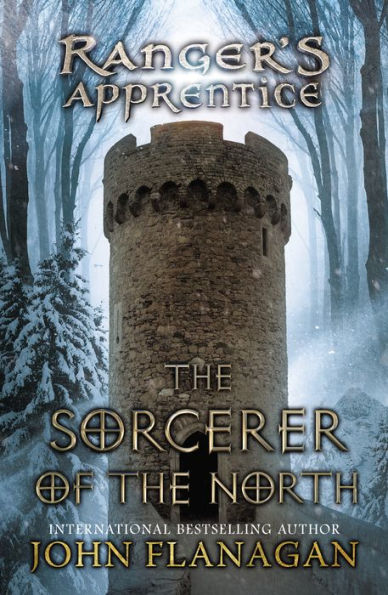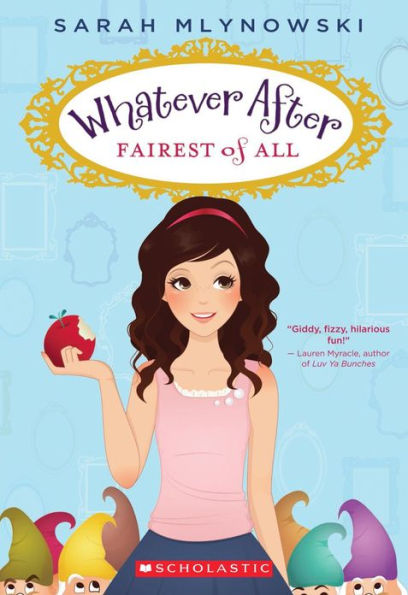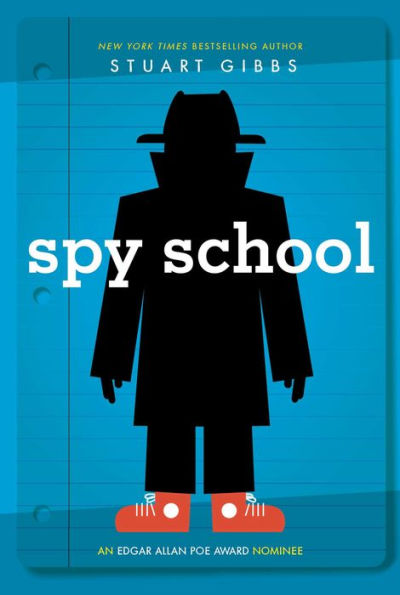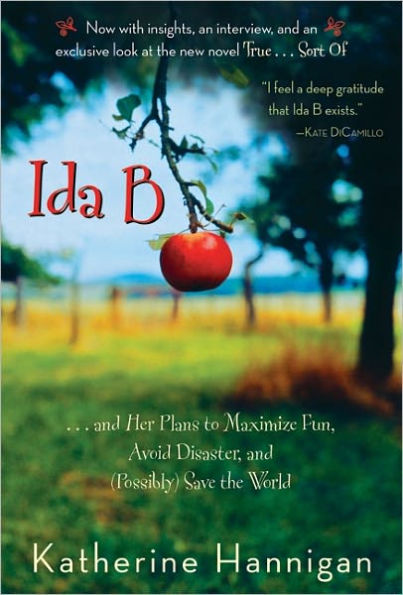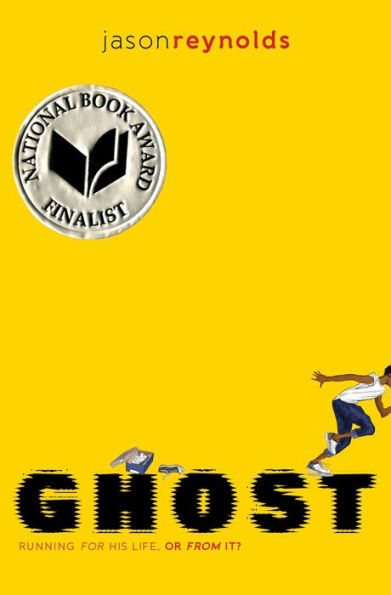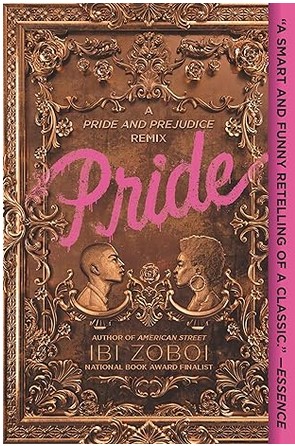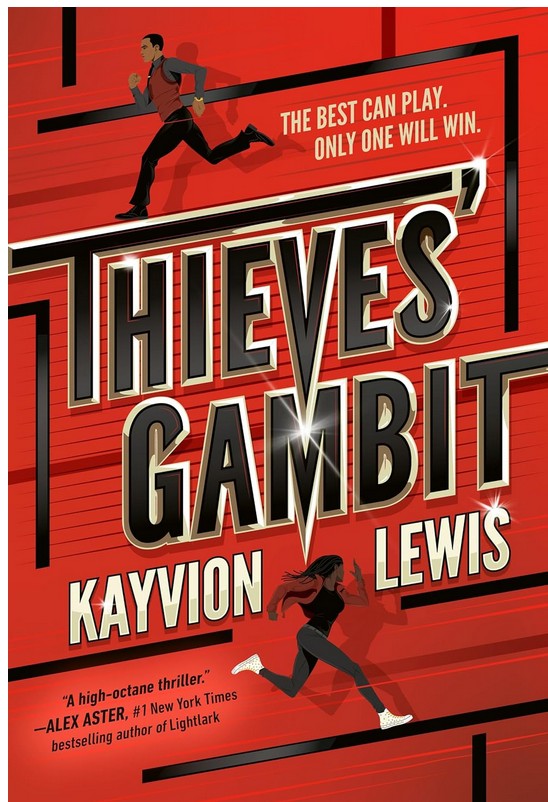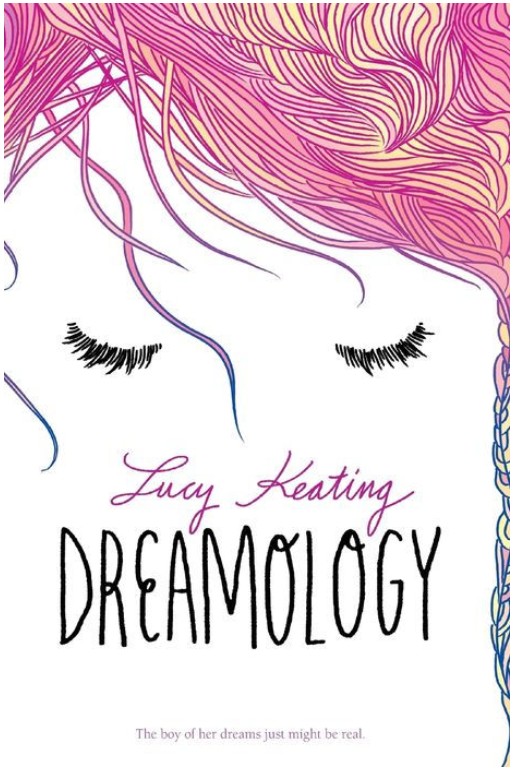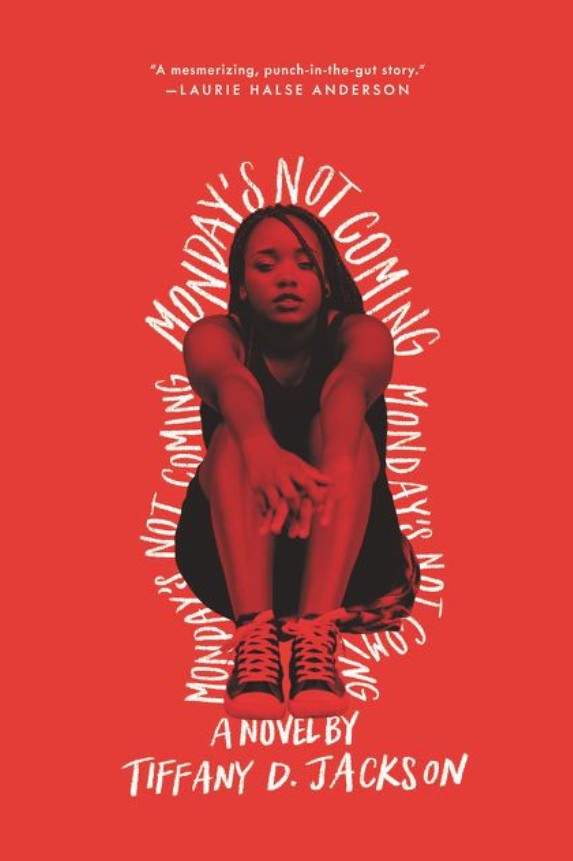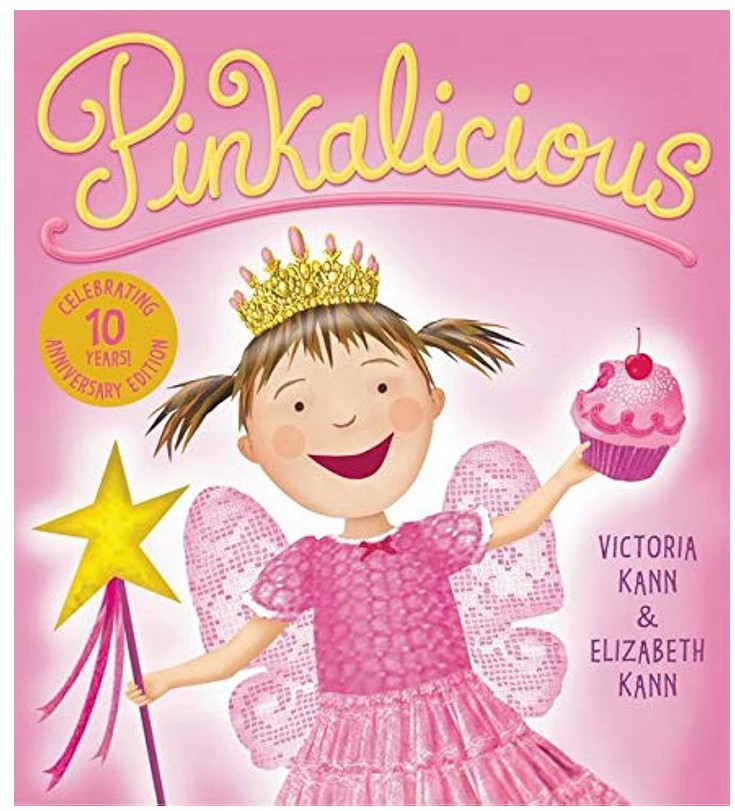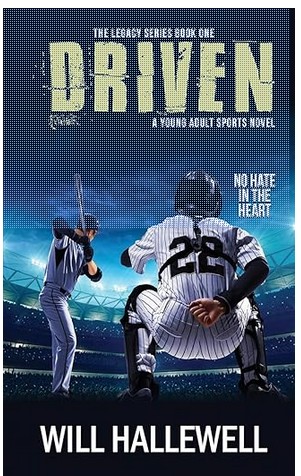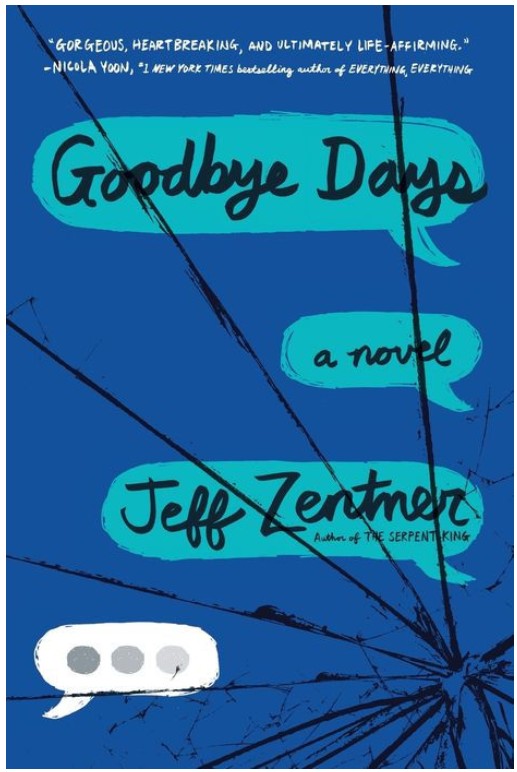When Abby and Jonah step through the magic mirror, they travel to Cinderella’s fairy tale. Cinderella has met a prince at a ball and dreams of marrying him. When Abby and Jonah try to help Cinderella, the two siblings accidently change the story and end up making everything worse. Soon, Cinderella’s foot is broken, swollen, and her glass slipper won’t fit! How can Cinderella prove she’s the prince’s true love if her foot can’t fit into the glass slipper?
Abby and Jonah ask Cinderella’s fairy godmother, Farrah, for help, but Farrah isn’t impressed with Cinderella’s desire to have the prince save her. Farrah tells Cinderella, “rescue yourself. You need to learn to stand on your own two feet.” This sends Cinderella on a journey to find a way to support herself financially and free herself from her evil stepmother. Abby and Jonah promise to help Cinderella. Is there any way for Cinderella to become self-reliant? Can Abby and Jonah help Cinderella find her happily ever after?
If the Shoe Fits gives Cinderella’s character a new spin. Cinderella embarks on a journey with Abby and Jonah’s help. This journey allows Cinderella to learn that she doesn’t need a prince to rescue her because she is capable of saving herself.
All the original Cinderella characters make an appearance. However, the fairy godmother doesn’t just grant wishes. Instead, she wants to teach Cinderella a valuable lesson. The two stepsisters, Beatrice and Kayla, are interesting. And the stepmother? Well, she’s just evil. Even though the characters are not well-developed, younger readers will enjoy the new changes in Cinderella’s story.
The original Cinderella was written in French by Charles Perrault in 1697, but Mlynowski uses names and terms that are not consistent with the original story. The fairy tale characters talk like modern-day teens. For example, one character uses the term “knock yourself out.” Another character asks Cinderella, “You don’t mind if I crash your new digs until the wedding, do you?” Even though this doesn’t interfere with the story’s enjoyment, stronger readers will notice the unrealistic dialogue.
The conclusion adds in a dash of magic that will have readers smiling. The ending also shows that girls do not need a man to save them. In the end, Cinderella rejects the prince’s proposal for two reasons. Cinderella tells the prince, “I don’t really love you…not the way Kayla does. You deserve someone who loves you for the right reasons. Everyone does.” Cinderella adds, “Two days ago, there was nothing I wanted more than to marry you. I wanted you to rescue me.” Since then, Cinderella has become self-reliant, and she doesn’t want to give that up.
With a high-interest topic, easy vocabulary, and a smattering of magic, If the Shoe Fits will have younger readers eager to jump into the fairy tale world. More advanced readers, who love fairy tales, should add The Prince Problem by Vivian Vande Velde to their reading list.
Sexual Content
- None
Violence
- In order to steal Farrah’s magic wand, “Beatrice jumps onto Farrah’s back, the wand flies out of Farrah’s hand, and Beatrice and Farrah tumble to the ground. The wand goes rolling across the floor. Betty scoops it up.”
- In order to get the magic wand out of the stepmother’s hand, Jonah, who was turned into a mouse, annoys the stepmother. She then “swings her foot back and sends him flying across the room. He somersaults through the air and lands in the fireplace.”
Drugs and Alcohol
- None
Language
- Cinderella’s stepmother calls the fairy godmother a “fairy freak.”
- Beatrice pretends to be the prince’s true love. In order to warn the prince, “Kayla-rat scurries up the couch, jumps on her sister’s shoulder and tries to bite her.”
Supernatural
- Abby and Jonah use a magic mirror to travel into the fairy tale world. When Jonah knocks on the mirror three times, the mirror spins, hisses, and turns purple. The siblings then walk into the mirror.
- Using the fairy godmother’s wand, “Betty swished toward Cinderella and hurls a zap her way. There’s a burst of yellow sparkle and then Cinderella starts to shrink. She gets smaller and smaller and then even smaller. And turns grey. And grows a tail.” Betty turns Cinderella into a mouse.
- When Betty turns Abby into a mouse, “All I can see is yellow, and then zoom! The room is suddenly increasing in size. I feel sick. It’s like I’m on a Tilt-A-Whirl. And then—plunk. I’m on my tush with my legs in the air in front of me.”
- Betty turns the fairy godmother into a lizard. “Farrah yelps as she starts to shrink and turn green and scaly.”
- Betty turns her daughter Kayla into a rat. “Betty just turned her own daughter into a mouse. A very large, brown mouse with very sharp teeth.”
- Betty tries to make Beatrice’s foot fit the glass slipper. Betty “points the wand at her daughter’s left foot and zaps it. It resizes all right. It expands… and then it turns orange. It’s a pumpkin.”
- The fairy godmother Farrah reverses the stepmother’s magic spells, turning everyone back into humans. Then Farrah turns the stepmother and her daughter into birds. “They instantly shrink into two little birds. Two caged little birds.”
- Abby and Jonah learn that the portal home doesn’t have to be a mirror because a fairy can “enchant different household objects and appliances.”
Spiritual Content
- None
